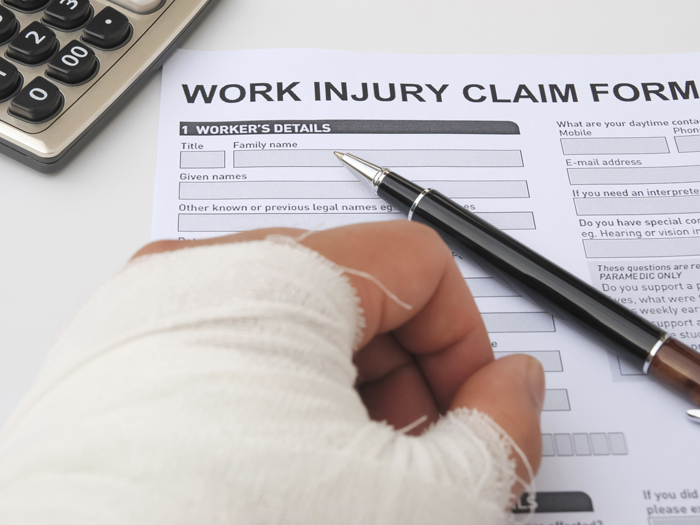Adjuster X
A Matter of Defense
“We have a bad one over at Dietrich Parcel Delivery Service,” said my supervisor.
“Some kid got de-gloved by a conveyor belt. Get out there now.”
Mark Wilson, an 18-year-old, had got his right hand caught in a conveyor belt. “Ripped the flesh off of his index through his pinky finger. Ugly injury with blood everywhere,” said Keith, the director of risk management. Wilson was transported to the hospital and admitted. The injury was witnessed.
“Seems cut and dried to me,” I said.
Keith looked pained. “Well … he wasn’t exactly at work,” he said. “Mark resigned last week. He was here picking up his last paycheck.”
First things first — I needed to speak to the witness. Keith introduced me to Ron Miller, 19, an employee for more than a year. He and Wilson had worked together for several months.
Miller said Wilson approached him at 10:15 a.m. to chat after picking up his last paycheck. As they were speaking, Wilson casually placed his right hand on the edge of a stopped conveyor belt.
“If you deny the claim and he hires an attorney, any lawyer will tell him to file a liability action, which is far more lucrative.” — Adjuster X
There was a sign above the belt that read: “Do not place hands on or near conveyor belt.” The belt suddenly started moving and Miller immediately hit the “kill” switch but Wilson’s hand had already been pulled into the power sprocket pulley. He was screaming and covered in blood.
My next stop was the hospital. Wilson was being stabilized. I was able to speak to the attending physician on the case. Wilson had lost most of the flesh on his four right fingers. The doctor estimated a 16 to 20 week disability period.
I was able to see Wilson the next morning for a statement. His account matched up with Miller’s. He explained that since everyone at the plant knew him, no one stopped him from walking through the plant, even though he no longer worked there.
Wilson’s parents were with him. His father asked what type of insurance would be covering the medical costs. I explained that I was working to determine that, and would advise them shortly.
I consulted defense counsel and then went back to speak with Keith. I explained that as Wilson was no longer an employee, he was not in the course and scope of employment at the time of the accident. As such, the claim could be denied under workers’ compensation. “However,” I cautioned, “he will probably be successful if he challenges the denial.”
Keith was astounded. I explained that when Wilson came to pick up his paycheck, which the company authorized, no one escorted him out. That allowed him to go see his friend.
“He can argue that picking up his paycheck was an act intrinsic to his job, because the paycheck would have not been disbursed if he had not worked here.
“Unfortunately,” I added, “the WC courts in this state have found compensability on far less.”
Keith was adamant. “I want this claim denied!”
I sighed. “You can do that. But you’ll be exposed under your liability cover, which is $5 million. He can mount a compelling argument that the company was negligent in not having safety guards around the conveyor belt.”
I gave that a moment to sink in. “If you deny the claim and he hires an attorney, any lawyer will tell him to file a liability action, which is far more lucrative.”
Keith ruminated for a moment. “We just can’t seem to win on this comp stuff,” he said.
“Think of it as the cost of protecting your liability cover,” I said. “Relax. It could have been worse.”










